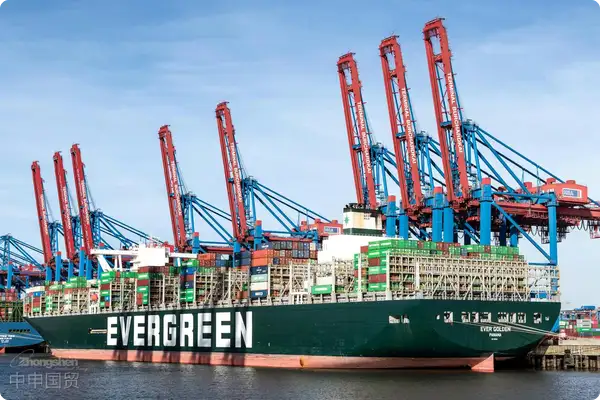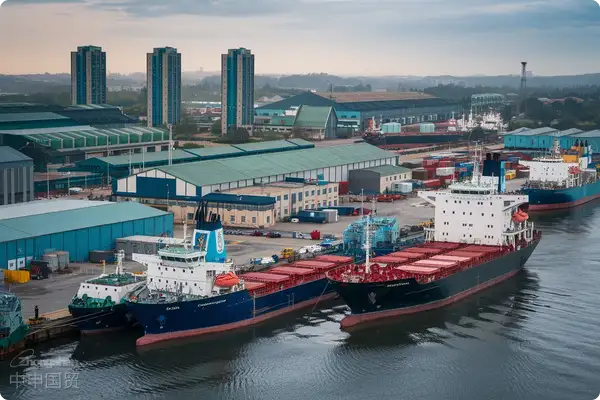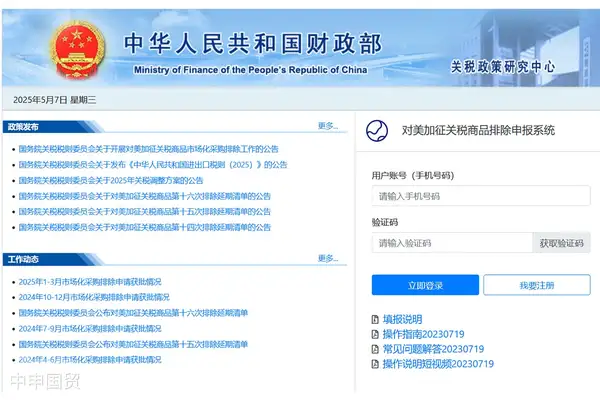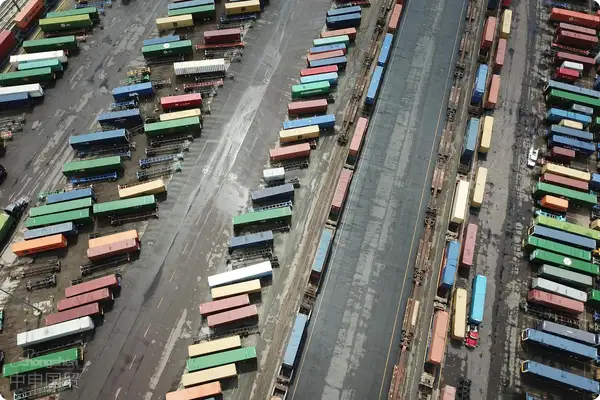- Shanghai Zhongshen International Trade Co., Ltd. - Two decades of trade agency expertise.
- Service Hotline: 139 1787 2118
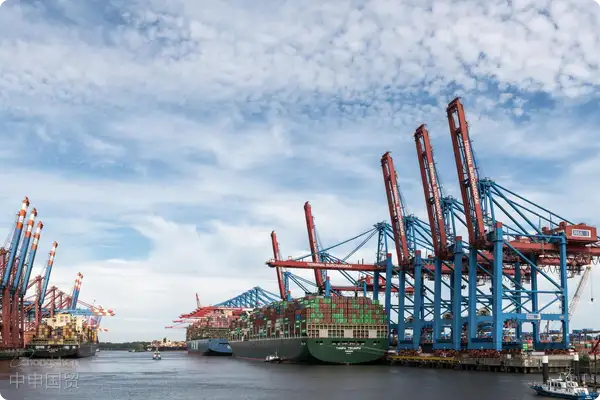
Industry Status and Equipment Characteristics
According to the latest market report from Bio-Research, the global market size for 2D electrophoresis equipment is projected to exceed $1.8 billion in 2025, with China accounting for 37% of imports. These precision instruments possessthree distinctive features:
- Prone to customs classification confusion: HS codes often fall between 9027.80 (physicochemical analysis instruments) and 8479.82 (electrophoresis apparatus)
- Sensitive technical parameters: Voltage ranges exceeding 3000V require special electromechanical permits
- Stringent transportation conditions: Requires maintaining a temperature-controlled environment of 10-25°C throughout the entire process
Key Control Points in the Entire Import Process
Professional agency service providers typically adoptThree-stage management model:
- Preliminary technical confirmation phase
- Consistency verification between equipment nameplate information and manuals
- It is recommended to verify through the following methods:Documentation and CE/FDA certification matching verification
- Mid-term logistics execution phase
- Customized anti-vibration packaging solution (recommended shock resistance level G-value ≤0.6)
- Real-time temperature and humidity monitoring device integration
- Post-clearance delivery phase
- Pre-classification dispute resolution solution (average customs clearance cycle reduction of 7 working days)
- Local laboratory calibration service integration
Agency service provider selection criteria
By comparing 2024 industry service data, premium agents'Core Competency MatrixShall include:
- Specific qualification requirements
- Medical EquipmentBusiness filing certificate (for diagnostic equipment)
- AEO (Authorized Economic Operator) Advanced Certification
- Verification of service capabilities
- Successful operation cases ≥50 (single unit value exceeding $50,000)
- Average customs clearance time ≤15 calendar days
- Emergency response mechanism
- Technical trade measures contingency plan
- Fast-track channel for stranded port equipment
Latest policy response strategies
For policies taking effect in January 2025Biomedicineequipment. For example, Indonesia has the SNI certification, Thailand has the TISI certification, and the Philippines has the BPS certification. It is necessary to confirm in advance the equipment voltage (such as 380V/50Hz in Thailand), the compatibility of the CE certification, and the proof of environmentally friendly materials.Management Rules, the following countermeasures are recommended:
- Establish an equipment technical archive (containing 40 parameters including software version numbers and detection module configurations)
- Optimize the declaration element description template (highlighting performance indicators such as separation accuracy and detection limits)
- Adopt a dynamic HS code management system (synchronized with WCO database updates weekly)
Typical case analysis
A 2024 import case from a molecular diagnostics company showed:
- Problem equipment: German-made IPGphor isoelectric focusing system
- Dispute focus: Whether supporting reagent kits qualify for the equipment's original tariff rate
- Solution: Adopted a "equipment + consumables" combined declaration model, reducing comprehensive tax rate by 8.7%
Professional agency services can control the total import cost at 18%-22% of equipment value, reducing costs by 5-8 percentage points compared to self-handling. With the implementation of the new version of theimport and exportCommodity Inspection Law in 2025, selecting agents with technical trade measure response capabilities will become a strategic decision for scientific research institutions' equipment procurement.
Related Recommendations
? 2025. All Rights Reserved. Shanghai ICP No. 2023007705-2  PSB Record: Shanghai No.31011502009912
PSB Record: Shanghai No.31011502009912
